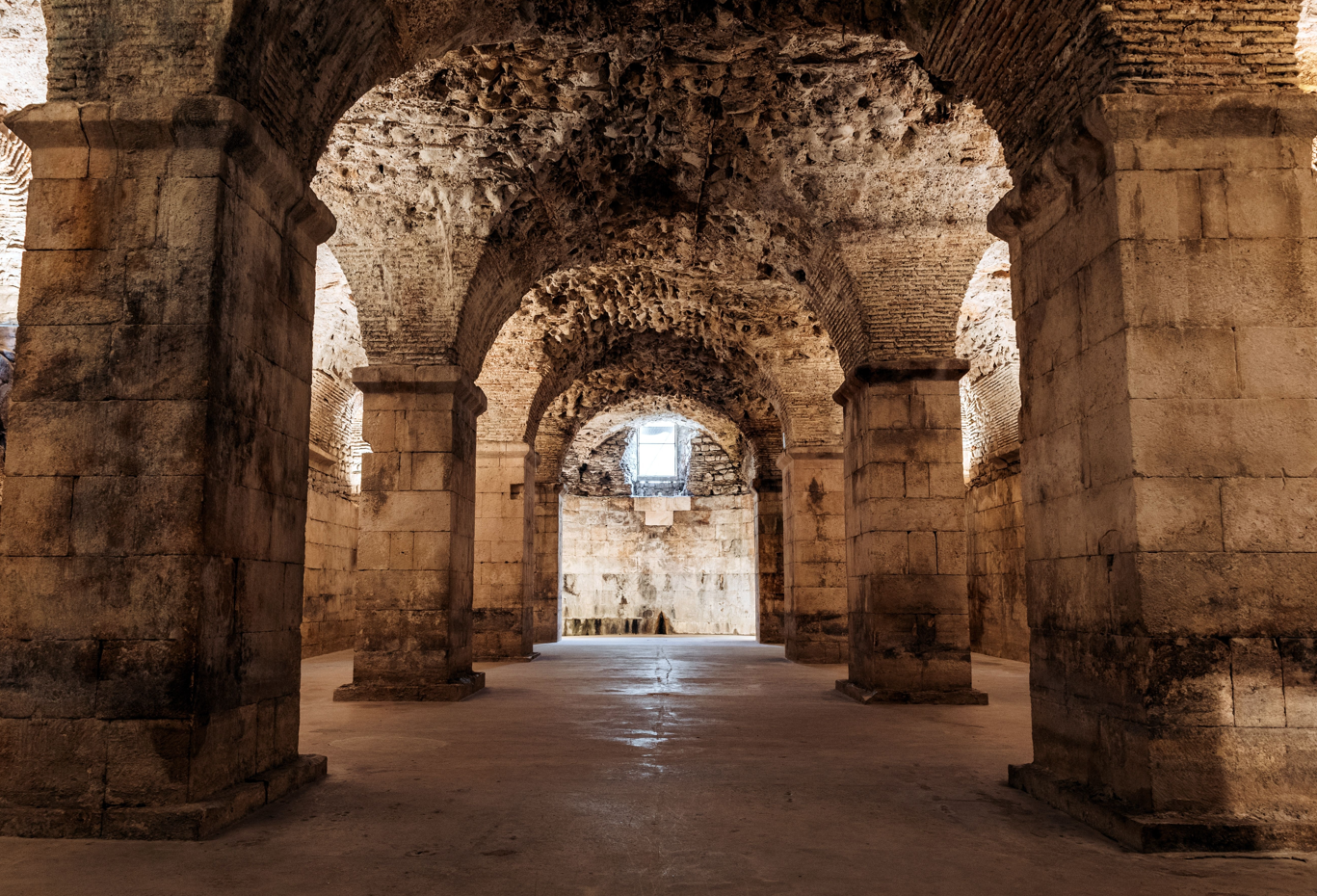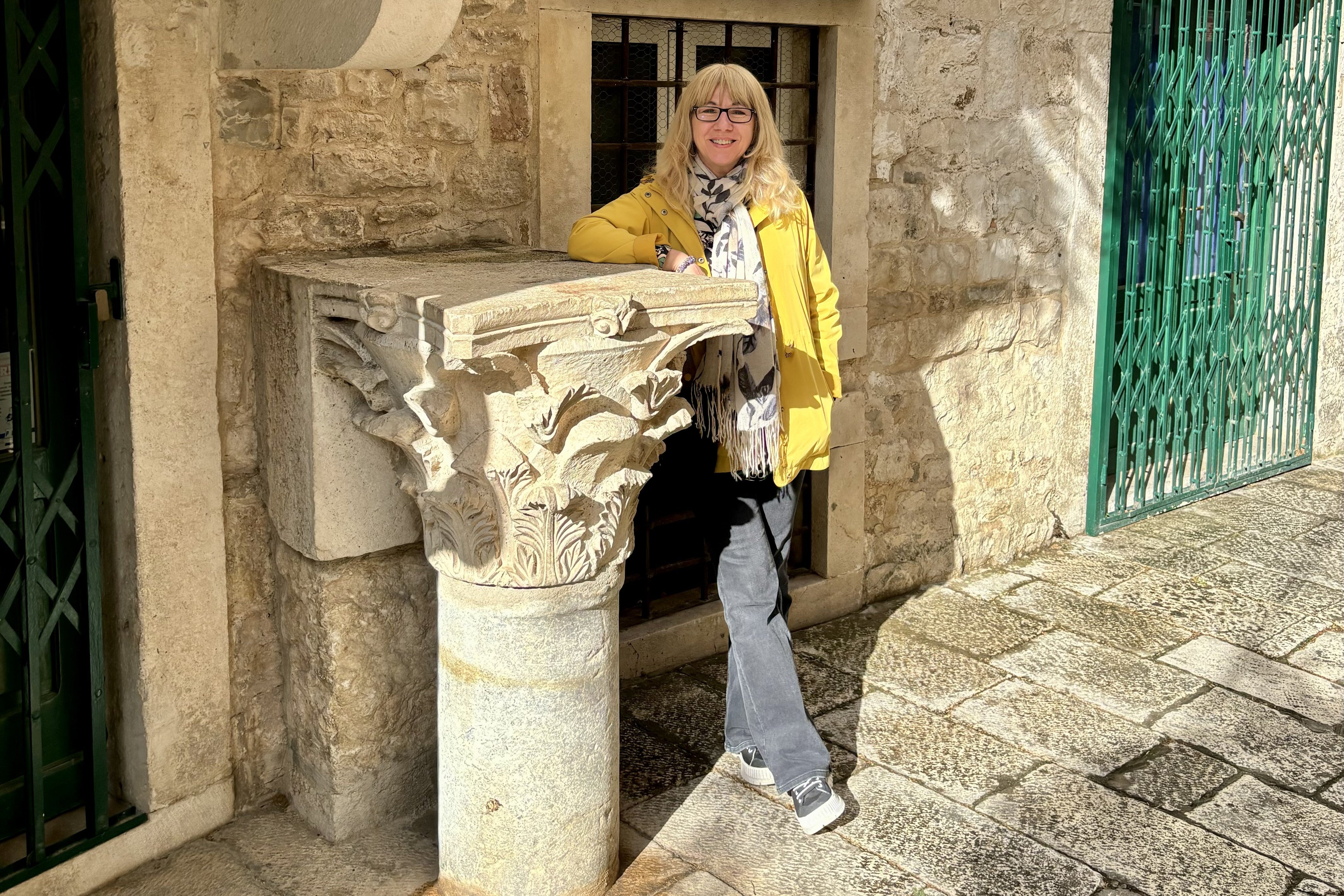Here’s why Split is the ultimate city break destination
Discover what keeps Croatia expert Mary Novakovich returning to Croatia’s second city time and again

It’s not often you come across the retirement home of an ancient Roman emperor in the centre of a major city – and not just the centre, but in its very heart. Walk along Split’s palm-lined Riva waterfront past its café terraces and you’ll see the walls of the vast Diocletian’s Palace that was built at the end of the 3rd Century for the Roman emperor to spend his twilight years.

The palace’s ruins blend beautifully into the modern life of Croatia’s second city – so much so that, even after numerous visits to this Unesco-listed port in Central Dalmatia, I’m still finding new things. That’s thanks to my guide, Dino, whose enthusiasm matches his profound knowledge of his city. We’re in the palace’s barrel-vaulted cellars, where I run my hand along the smooth granite of an ancient Egyptian sphinx, feeling the centuries of history beneath my fingertips.

“There’s another sphinx in the Peristyle,” he tells me, and leads me out of the cellars and into the grand colonnaded courtyard of the Peristyle where, sure enough, a large sphinx sits languidly under an arch. I had walked past it countless times, but hadn’t realised it was one of Diocletian’s decorative touches he had brought over from ancient Egypt.
Behind it is the Cathedral of St Dominus, originally built as Diocletian’s mausoleum but turned into the Cathedral of St Domnius in the 7th Century. As with so much of Split, inside is a captivating blend of the centuries – ancient Roman, mediaeval, Romanesque, Renaissance and baroque all adding to the beauty of this domed cathedral and its Romanesque bell tower.
Later that evening, the Peristyle fills with the sound of music as buskers entertain the appreciative crowd in the balmy air of a warm Dalmatian night. Most of the attentive listeners would have spent the evening in one of the Old Town’s atmospheric restaurants tucked down narrow alleyways, whose hidden courtyard gardens are filled with candlelit tables offering an irresistible taste of Dalmatia.

It’s not just expertly grilled fish and shellfish that make up the Mediterranean melange on the plate. Cuttlefish risotto, mussels in a “buzara” wine sauce, richly flavoured brudet (fish stew), slow-cooked chunks of beef called pašticada served with gnocchi – they’re all an excellent introduction to Dalmatian cuisine. And that’s after you’ve whetted your appetite with starters such as prosciutto-like pršut, salted or marinated anchovies, octopus salad glistening in olive oil, or the tangy sheep’s milk cheese from Pag island. Dalmatian wines make the perfect pair – full-bodied reds such as plavac mali or crisp whites including pošip.

Beyond the old town, Split is just as compelling, starting with the sprawling farmers’ market just outside the eastern walls. The route hugging the harbour eventually leads to Split’s most popular beach, Bačvice, but it’s the western side of the ferry port that reveals a whole different side to the city.

Here you’ll find three ingredients that make Split such an appealing place for a city break. The forest-covered Marjan peninsula is a hiker’s haven, with pine-shaded footpaths winding through the woods and leading to Telegrin peak. At the foot of Marjan is the magnificent Meštrović Gallery, which displays the works of Croatia’s greatest sculptor, Ivan Meštrović, in his former palatial summer home with superb views of the sea. Just below are a couple of Marjan’s easily accessible beaches, Ježinac and Kaštelet, with even more beautiful beaches at Kašjuni and Bene on the western end.
Lazy days in the Adriatic soaking up the Dalmatian sun, feasting on deliciously fresh fish and diving into centuries of history in this exciting city – that’s what makes me come back to Split time after time.
Want to follow in the footsteps of our Croatia travel expert? You can discover more about Central Dalmatia and start planning your trip here
